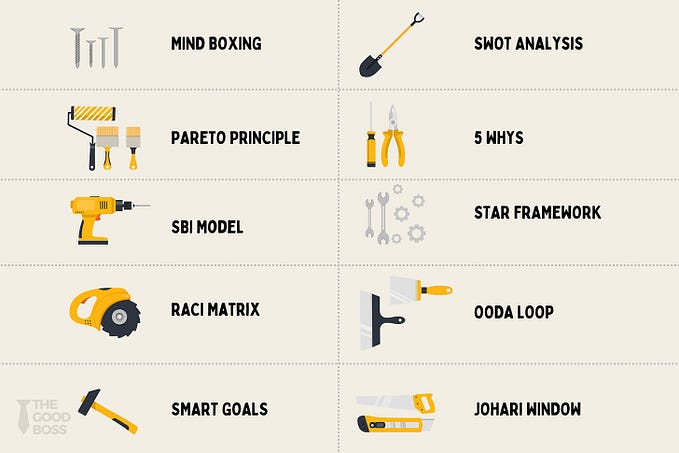Member-only story
Why Incentives So Often Fail

There is an old saying that “when you change incentives you change behavior,” and there is some evidence to support that it can work. For example, the Mexican government program Prospera has been proven to be extremely effective using cash payments to boost school attendance and preventative health care.
So it’s not surprising that when leaders want to change behavior, they often start by designing programs with carrots and sticks to encourage behaviors they want to see and penalize those they don’t. Sometimes consultants are brought in to do complex econometric analysis to optimize the incentives for maximum effect.
Yet research shows that incentives often fail and can even backfire horrendously. Human behavior can’t be boiled down to simple triggers. There are norms that underlie behaviors that are rarely obvious and unintended consequences that can warp behavior. The truth is that if you want to motivate people, incentives are not the place you want to start.
What Lies Beneath Behaviors
On the surface, incentives should be simple. People like rewards and want to avoid punishments, so it stands to reason that giving them stuff they like to do things that you want and threatening them with things that they don’t like to prevent things that you don’t want, should be an effective way to shape behavior.










